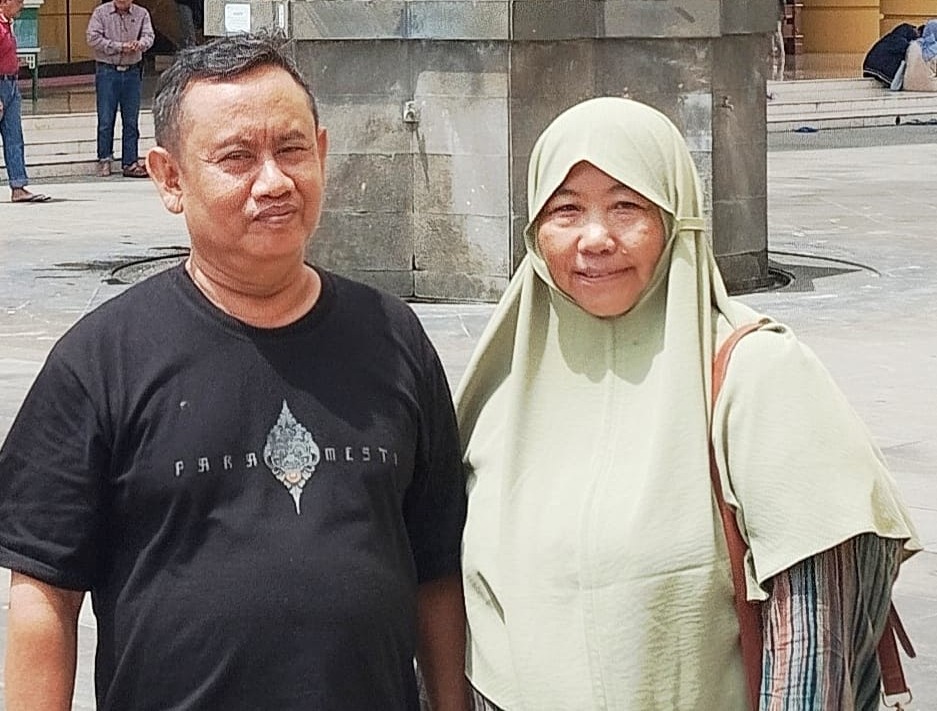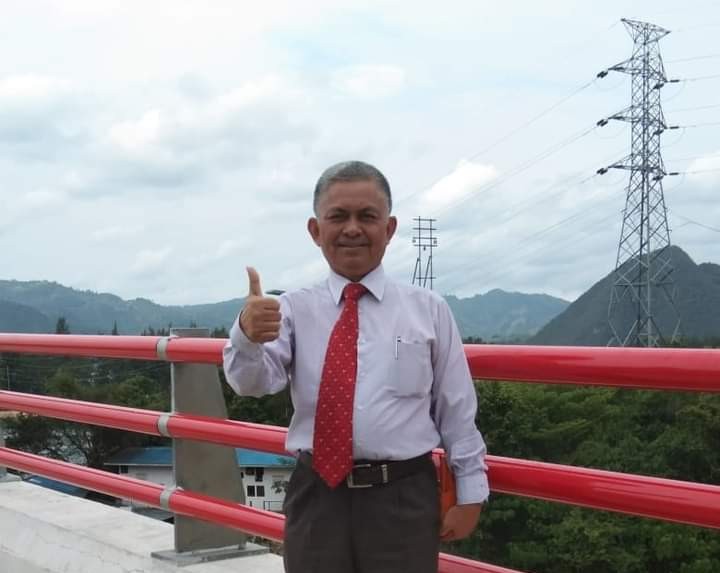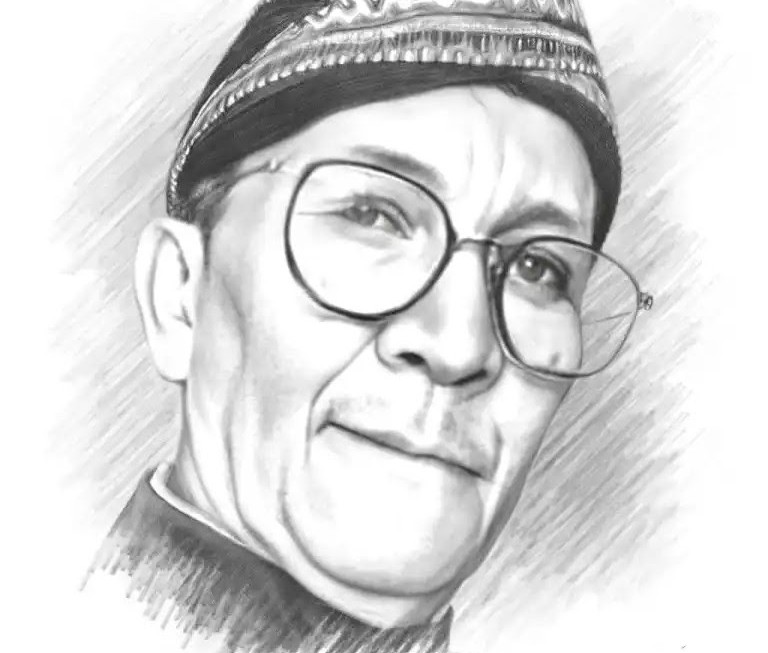By: Sujaya, S. Pd. Gr.
(ADVISOR OF DPP ASWIN)
A. Introduction
In modern society, there has been a major change in social life patterns, especially related to the phenomenon of life long (living alone for a long time/long life) and lonely death (death in loneliness or solitude).
This phenomenon is increasingly common in developed countries and is beginning to be seen in developing countries, including in our country, Indonesia. Changes in lifestyle, urbanization, and individualism are the main factors influencing this phenomenon.
This author will discuss the causes, impacts, and solutions that can be applied to overcome these social challenges.
B. The Phenomenon of Living Long and Lonely Death
1. Living Long
This phenomenon refers to individuals who live alone for a long time, due to longevity, either due to personal choice, economic factors, or social conditions.
Some of the main causes include:
Delaying marriage or choosing not to marry, Changing family values and increasing individualism, career and economic pressures, Urbanization that reduces social interaction
2. Lonely Death
Lonely death (also known as kodokushi in Japan is a phenomenon where someone dies in loneliness without anyone realizing it for a long time. This often happens to elderly people who live alone without family or strong social networks.
Some factors that trigger this phenomenon include: low birth rates and an increase in the elderly population, Lack of social support systems for the elderly, social isolation due to urbanization and individualistic lifestyles
C. Social and Psychological Impacts
1. Mental Health
Prolonged loneliness increases the risk of depression, anxiety, and even Alzheimer’s disease.
2. Physical Health
People who live alone tend to have an unhealthy lifestyle and rarely get enough medical care.
3. Economic and Social
The increasing number of elderly people living alone can burden the health and social welfare systems.
D. Solutions and Prevention Efforts
1. Increasing Social Interaction
The government and community need to create more social spaces for the elderly and individuals living alone, such as community centers and social activities and encourage a culture of mutual cooperation and caring between residents.
2. Strengthening the Role of the Family
Awareness campaigns on the importance of maintaining family relationships and responsibilities towards older family members.
Improving the balance between work and personal life so that people still have time for family.
3. Technology for Social Welfare
Use of technology such as social applications for the elderly to stay connected with their community.
Development of an early warning system for people living alone so that they can immediately get help in the event of an emergency.
4. Government Policies and Programs
Provision of support services for the elderly, such as home care and social programs involving volunteers, housing subsidies or facilities for vulnerable groups so that they do not experience social isolation.
E. Conclusion
The phenomenon of living long and lonely death is a social challenge that is increasingly real in the modern era. To overcome this problem, synergy is needed between individuals, families, communities, and governments in building a more inclusive and caring social system for others. With the right preventive measures, we can create a more empathetic and supportive society.
Indramayu, February 21, 2025
—
![]()




